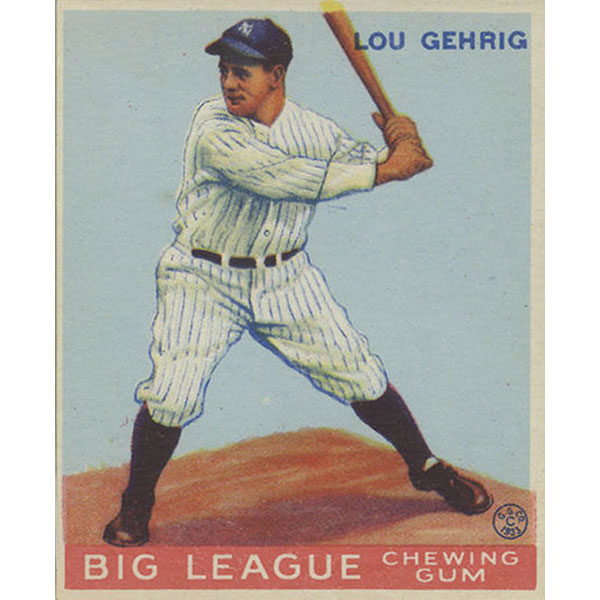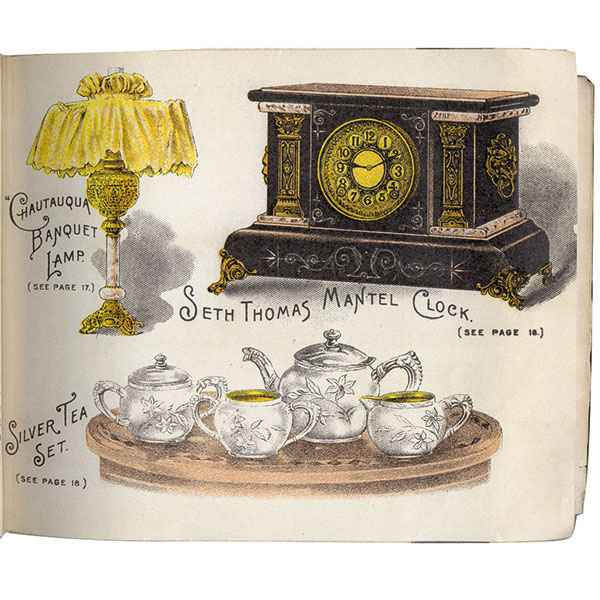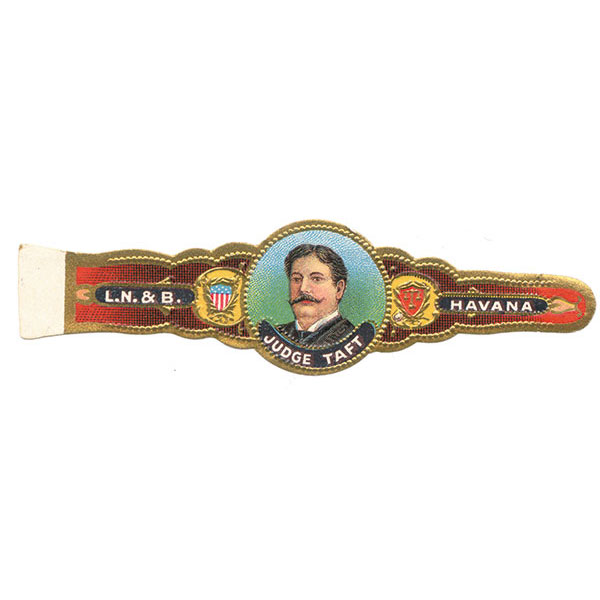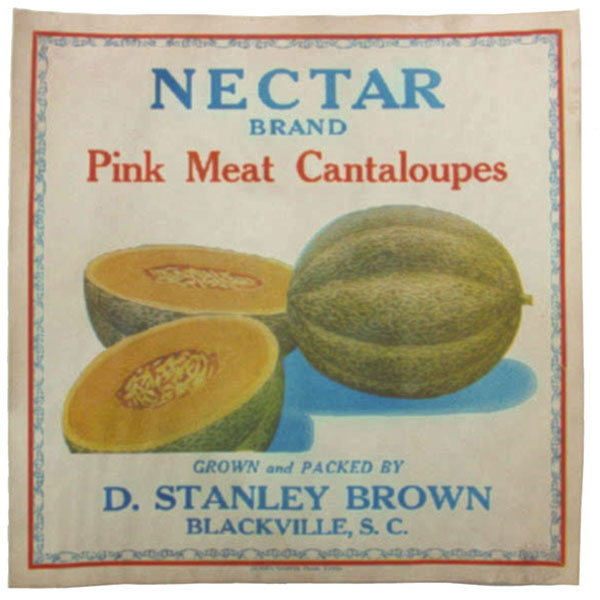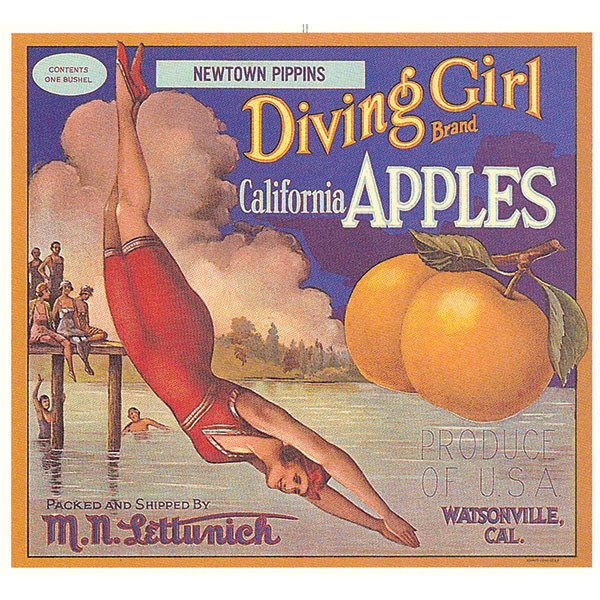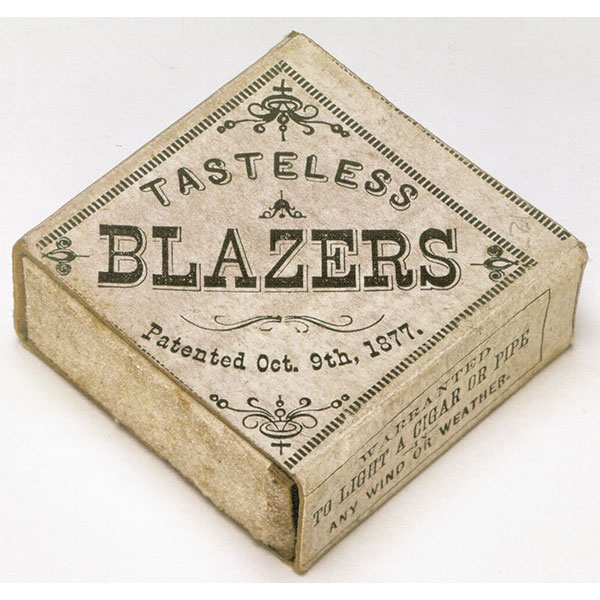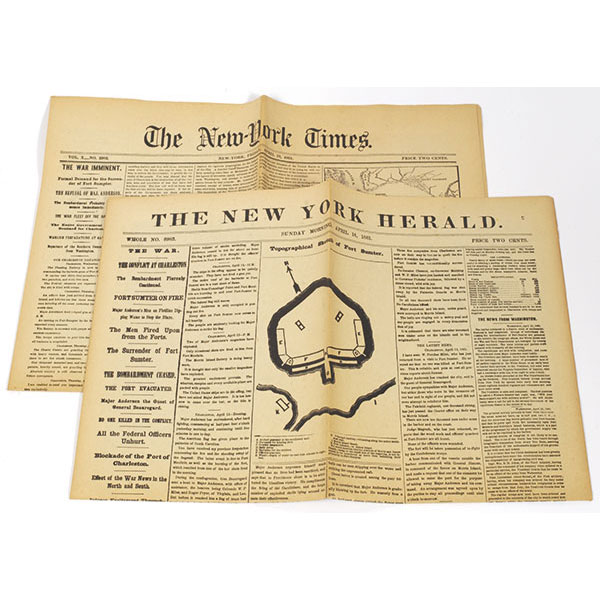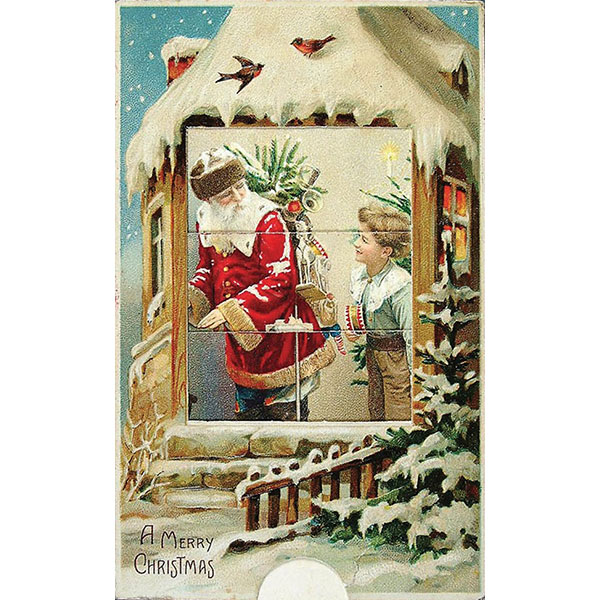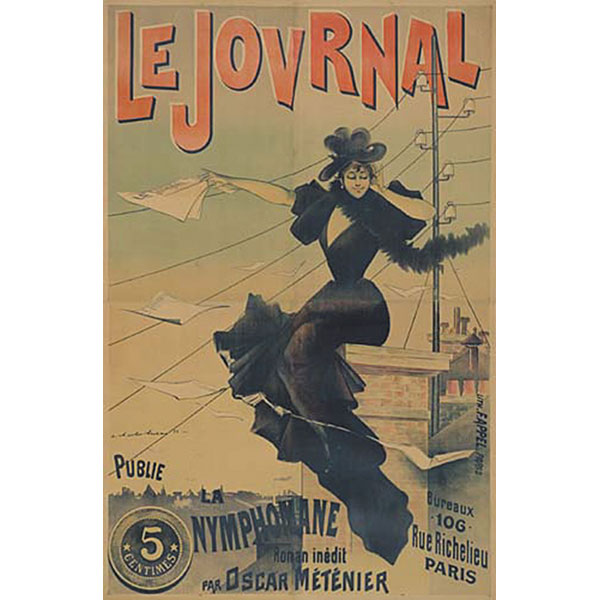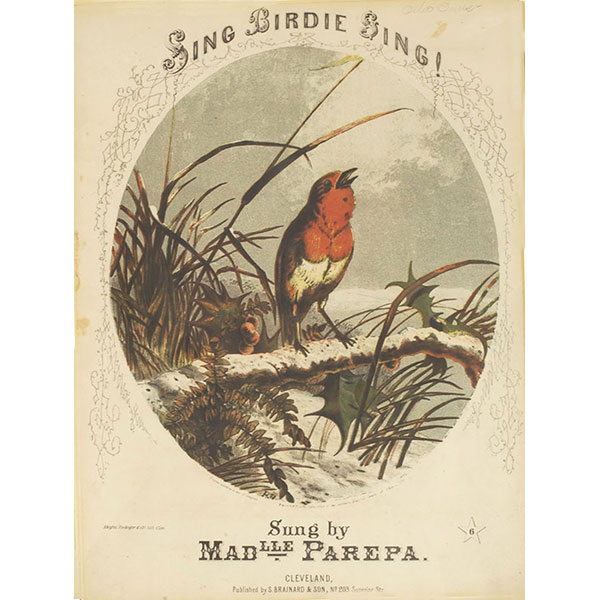Identification Guides
Paper Ephemera
The word "ephemera" is the plural form of the Greek word that means something that lasts through a single day, such as a winged insect. Today the word refers to something minor, usually paper, that was made to be used for a short time and then discarded. Entries in The Encyclopedia of Ephemera by Maurice Rickards, published in 2000, include bus ticket, cigarette card, document, lottery ticket, label, fruit wrapper, anamorphic image, check, cut-out toy, magazine insert, jigsaw puzzle, packaging, price tag, sales tax token, credit card, seed packet, stencil, valentine, and more, from ABC primer to Zoetrope strip. Ephemera can be attractive and is sometimes framed as art. It also can tell much about history and how ordinary people lived. It sheds light on the minor questions most historical and art museums ignore, like “What was used as toilet paper?” Several serious collections are now in museums, attesting to the importance of the unimportant.
Collectors are a compulsive lot, and almost every family has at least one relative who saves everything. Saving becomes ridiculous when it results in the accumulation of huge piles of old newspapers, magazines, boxes, cans, and other debris that is strewn throughout the house. Behavior of is sort is known as the Collyer Brothers Syndrome. The Collyer brothers, who collected and saved everything, died amidst debris in their New York City apartment and were not found for days. Fortunately, “hoarding” mania is most often seen in its milder forms, but if any of your relatives has lived in one house for over twenty-five years, the attic will show distinct evidence of “collectivitis.” Boxes and packages of unlabeled pictures, unwanted books, and assorted useful and useless junk are often stored in attics for years.
It is every collector’s dream to be turned loose in an attic that has been untouched for over fifty years. China, glass, old furniture, jewelry, toys, and even household tools are usually sorted and saved; but many old newspapers, books, catalogs, and other paper materials are often just thrown away as rubbish. Some of it is of value.
It is virtually impossible to save everything, but here are a few hints about some things worth looking at. Go back into your wonderful dream attic and sort the piles of debris. Study each pile carefully to see what you really have.
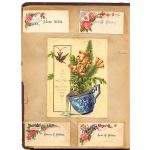
Color pictures were uncommon in the nineteenth century. Calling cards and greeting cards were mounted in this Victorian scrapbook. Labels, ads, and other ephemera were also saved.
